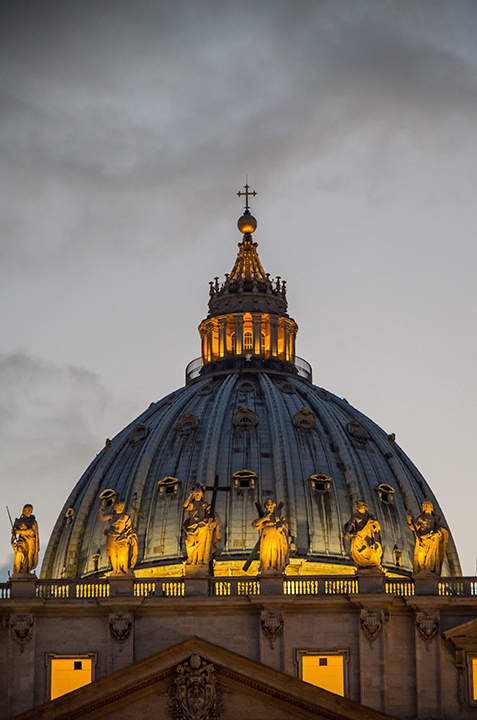Step into the walls of the Vatican’s Secret Archives, where ancient manuscripts and hidden truths unravel the mysteries of human history and knowledge.
Fifty-three miles of shelving, the Vatican’s Secret Archives are a remarkable repository of history, sheltering documents and texts that span over twelve centuries. Within the esteemed halls of one of the world’s foremost religious and cultural institutions, these archives hold thirty-five thousand volumes of catalogued history. They represent not just the legacy of the Catholic Church, but a profound chapter in the human story.
The very mention of the Vatican’s Secret Archives stirs the imagination, evoking a sense of mystery. This aura of mystique has, over the years, given rise to a plethora of theories about what secrets might lie within its walls. The fact that the archives’ indexes remain private, accessible only to a select group of scholars when they reach 75 years of age, only adds to the intrigue.
Rooted in the 14th century, with evidence of the Church’s preservation efforts dating back to the fourth century, the Vatican Library was a closed fortress until 1881. It was Pope Leo XIII who first opened these historical treasures to scholarly research.
Among the Secret Archives’ most fascinating treasures is the Chinon Parchment. It is dated August 17-20, 1308 is the record of this trial against Knights Templar. It documents the interrogation of the Templar leaders by the papal commission. Remarkably, the parchment reveals that the Templars were not found guilty of heresy. Instead, the document details the Templars’ admissions of certain practices, like denying Christ and spitting on the cross, but these were attributed to the initiation rites and not heretical beliefs or practices.
The Vatican Library is more than a storage of texts; it’s a sanctuary of knowledge. Beyond the stacks and reading rooms, there’s a fireproof bunker, meticulously designed to protect the fragile documents from damage. This commitment to preservation extends to a specialized school for clergy historians and a curated collection of sacred art.
Access to these archives remains highly exclusive, reserved for rigorously vetted scholars. In a nod to growing public curiosity, heightened by the book by Dan Brown’s “Angels and Demons,” the Vatican has started to lift the veil on its secrets. For researchers, entry into the Vatican Library is a privilege, subject to stringent qualifications and a renewal process every six months. This privilege is predominantly extended to academic researchers and comes with the limitation of viewing only three documents at a time.
In the early 21st century, the Vatican started digitization project. By 2018, more than 7 million images from the archives had been digitized. However, this represents only a small portion of the total material, and even less has been converted into searchable text.
If you would like to explore the Vatican’s historic collections written mostly in Latin and Greek, a digital gateway is available here: Vatican Library Digital Collections. This online platform offers a rare glimpse into the wealth of knowledge and history preserved within the world’s most fascinating libraries.
Katerina Belik




